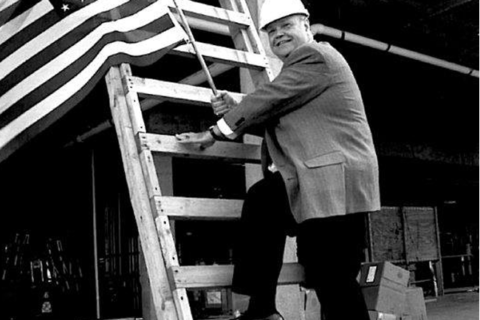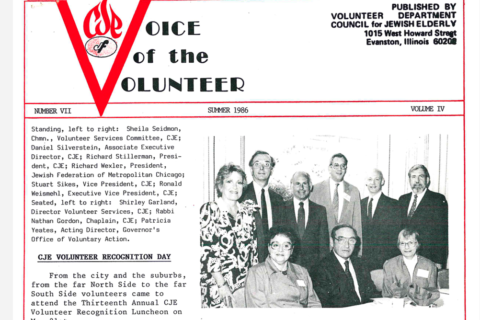1986-2000 Timeline
In our previous post (1970-1985), we presented a snapshot of CJE’s formative years, looking back at the transitions in the Jewish community that led to the establishment of our agency in 1972. For this post, our dive into CJE’s history focuses on the unprecedented growth of our organization’s community-based services. While several of the programs and locations mentioned here no longer exist, you’ll get a glimpse into CJE’s intentional plan to expand services for older adults who expressed a desire to stay in the neighborhoods where they raised their families.

Expansion of Services
We begin in 1985 with the expansion of services from East Rogers Park and the South Side to West Rogers Park, Uptown, and Lakeview.
These services included information and referrals, community education, crime victim assistance, Russian resettlement, and Transportation (thanks to a gift of four vehicles from Friends of CJE).
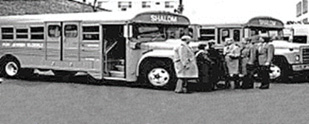
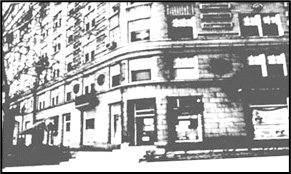
The year also saw the establishment of the Housing Resource Center and Home Sharing Program. CJE was the only metro area agency providing this unique service that helped seniors find housing, including home-sharing options, and trained live-in companions. The next year, it expanded the Transition Living At Home program, which provided short-term respite care; The Sheridan Beach Hotel was adapted for this purpose.
In 1986, CJE developed professional partnership opportunities at its skilled nursing facility Lieberman Geriatric Health Centre, which opened in 1981. These partnerships included a training program for Registered Nurses with the University of Illinois School of Nursing and a program with the Chicago Medical School. CJE also developed a proprietary CNA training program in conjunction with Oakton Community College. At the same time, Lieberman Centre added, with donor support, a beautiful outside area for residents to enjoy—Zelda Anixter Park.
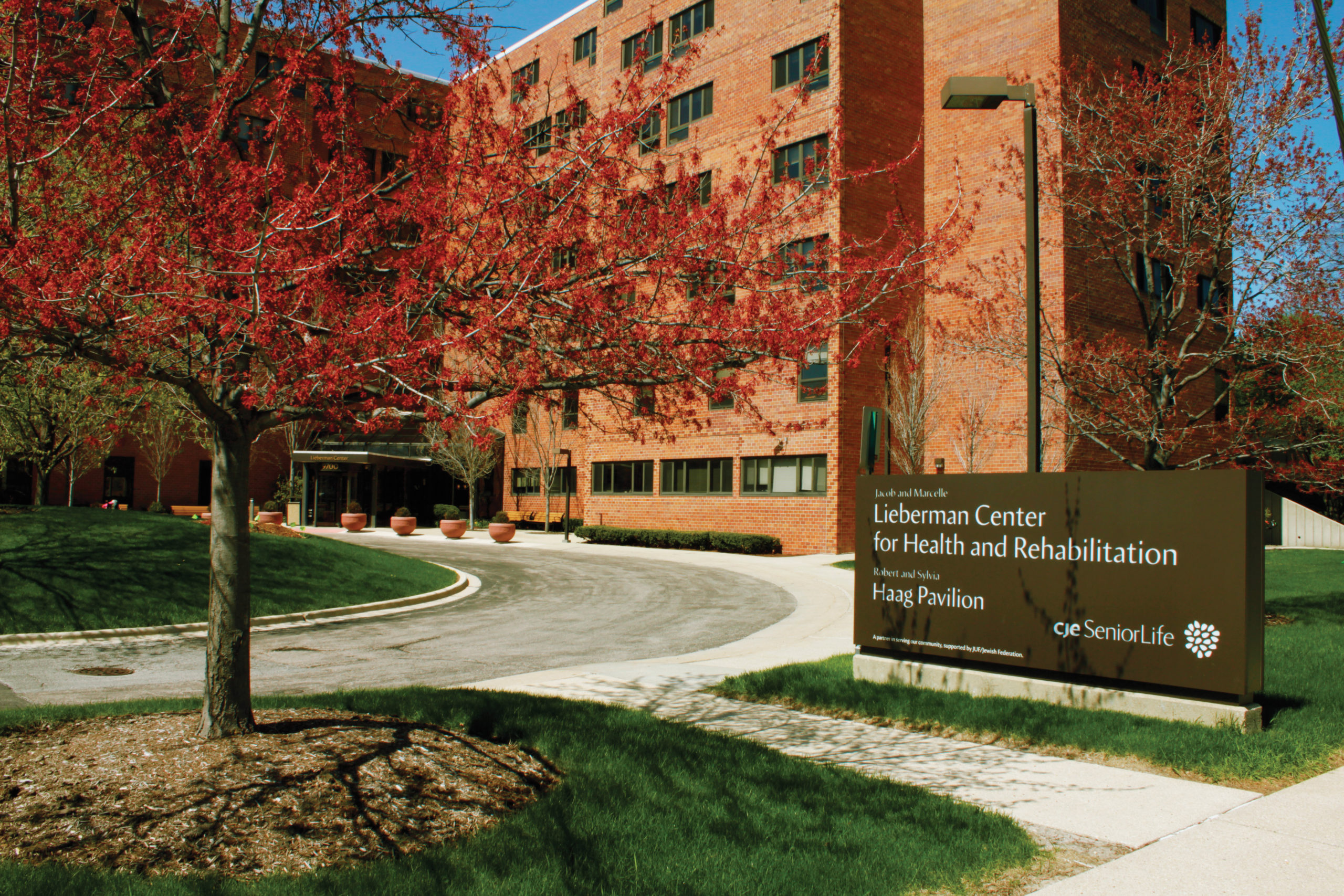

By 1987, CJE’s Board of Directors was concerned about the lack of affordable housing for the elderly. To fulfill this fundamental mission, CJE opened the Klafter Group Living Residence in Wilmette in 1988 (it was later sold in 2003). In 1988, a Skokie site was also selected for Krasnow Residence which opened in 1991. Then, CJE opened a location in Evanston for its Living-at-Home, In-Home Companion, and Housing Resource programs.
Enhanced Programs and Residential Communities
n 1988, a grant from the Rosenbaum Foundation facilitated the founding of an Intergenerational Program, with CJE working with other Jewish agencies, schools, and synagogues to promote L’dor V’dor, the Jewish value that stresses passing knowledge and traditions on from one generation to the next. Also, Robineau Residence opened in January of 1989 as a group living home. It remains open and successful to this day. Designed to be highly innovative, it provides adults with a unique blend of privacy and communal living. Residents share kitchen and living areas while each person has their own bedroom and bathroom. A full complement of social and cultural programs is enjoyed by the residents.
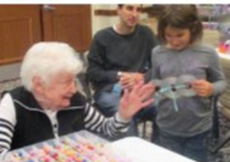
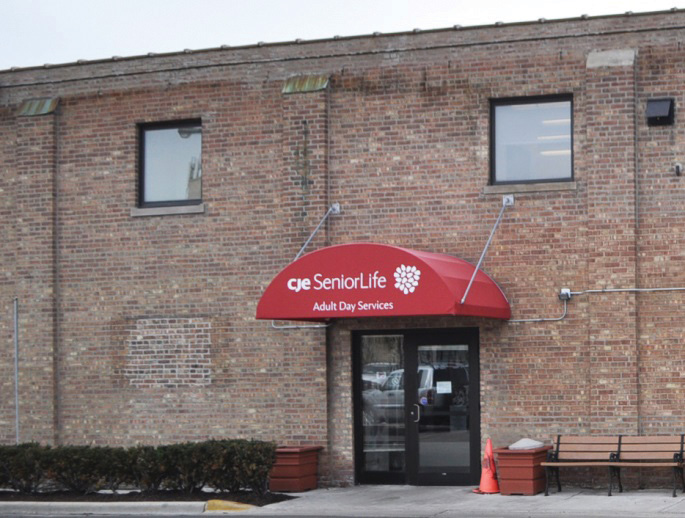
In 1989, CJE also added another innovative and groundbreaking program to its Adult Day Services program—the Asher Alzheimer’s Adult Day Program, offering traditional care for persons with mid-stage dementia. The following year, CJE’s administrative offices moved from the Howard Street site to the Bernard Horwich JCC building on Touhy Avenue. Adult Day Services moved into the Howard Street location after it was remodeled to meet the needs of ADS clients.
In 1990, CJE participated in JUF’s “Operation Exodus,” which was designed to bring Chicago refugees from the Former Soviet Union and served approximately 2,000 individuals. That same year, CJE began a market-driven program called the Independence Network to reach elderly individuals who could afford to pay some fees for CJE’s specialized services (this program ended in 2005). At this same time, the State of Illinois introduced the requirement that its licensed social workers obtain 30 hours of continuing education every two years, which became the focus of the research division of CJE, formerly called the Center for Applied Gerontology (CAG).
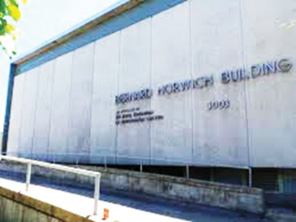
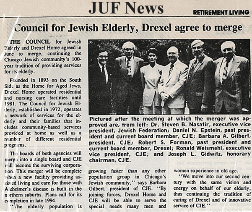
1992 was a momentous year for CJE: The 20th anniversary of CJE and the 10th Anniversary of Lieberman Geriatric Health Centre were both celebrated and Krasnow Residence was dedicated. Next, a plan for the merger of CJE and Drexel Home was approved by their boards. Noteworthy transitions continued into 1993 with the purchase of Village Center and the conversion of Lieberman Centre’s fifth floor into a specialized Alzheimer’s Unit.
In 1995, CJE joined a Managed Community Care Demonstration Program with the State of Illinois, which remained a vital component of CJE’s communitybased services for almost 20 years.
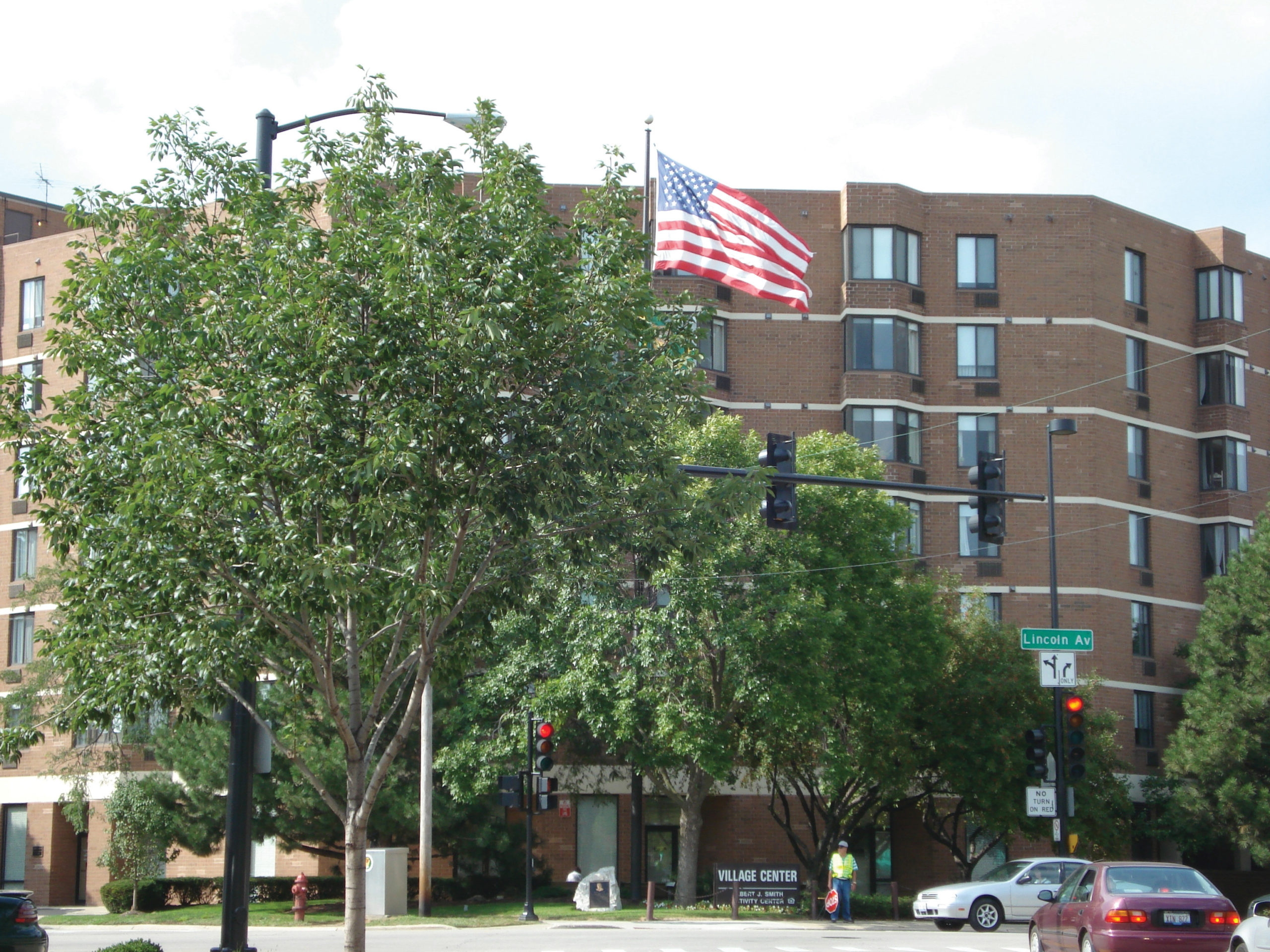
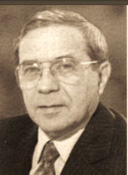
The Center for Applied Gerontology (CAG) was also renamed the Leonard Schanfield Research Institute, in honor of past Board Chair Leonard Schanfield, who left a bequest to fund gerontological research.
Transformations to CJE sites and property holdings continued to occur. In 1996, construction began at Weinberg Campus in Deerfield, the Morse Avenue Neighborhood Center closed, and a renovation of Lieberman Centre was completed. Weinberg Community for Senior Living opened as one of the first licensed assisted living communities in Illinois. This campus includes Gidwitz Place for Assisted Living and The Friend Center for Memory Care.
1997 also saw the merger of CJE and Drexel Home Boards of Directors as well as the opening of an eight-bed short-term rehabilitation unit at Lieberman Geriatric Health Centre.
In 1998, CJE opened ts Home Health Agency, which received state licensure and Medicare certification the following year.
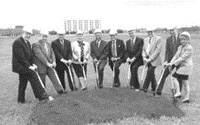
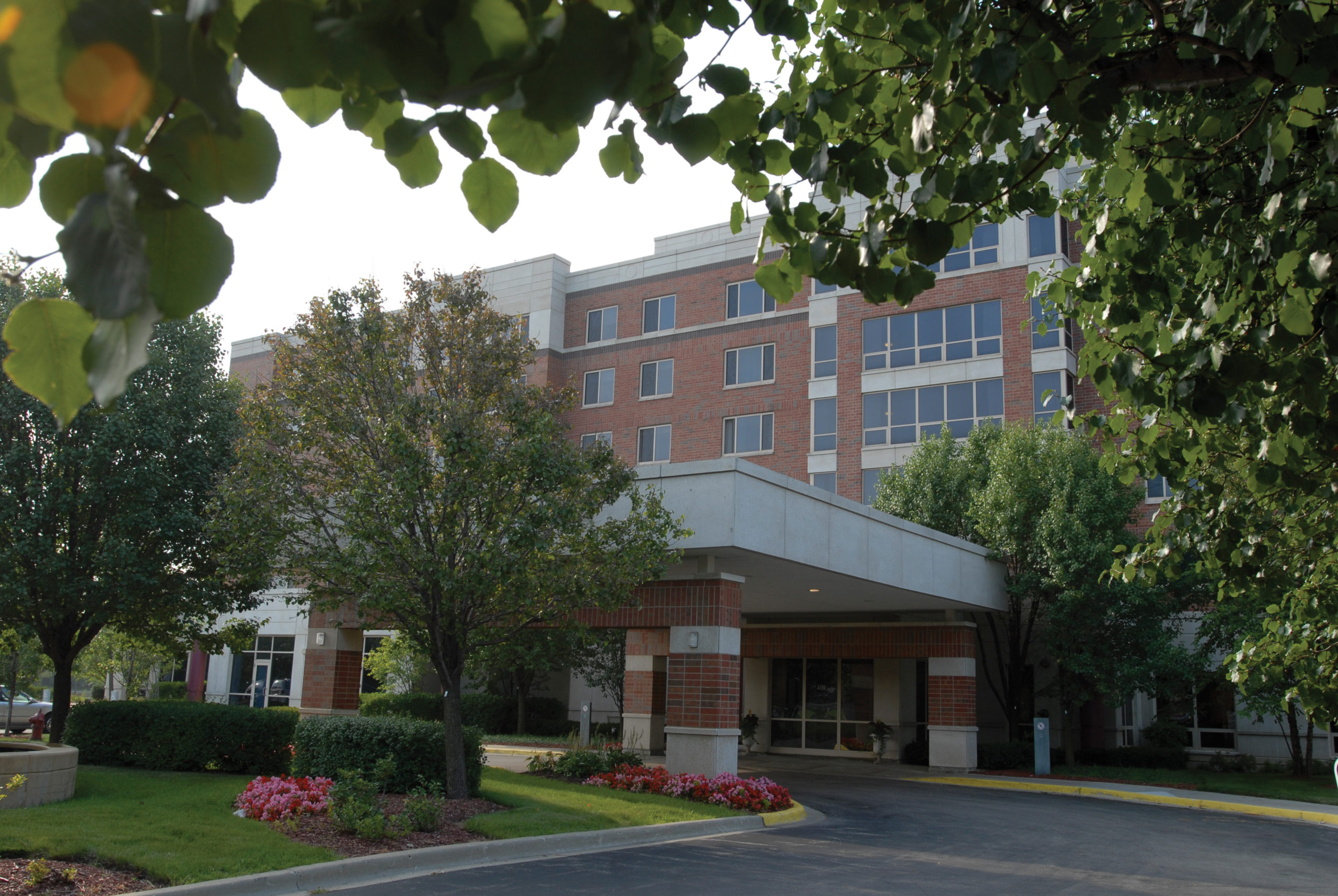
In 1999, Weinberg Community welcomed Adult Day Services-Deerfield to the Friend Center to provide daytime care and services for those with early Alzheimer’s and related disorders. Also in 1999, we see the launch of Holocaust Community Services—a partnership of CJE, JCFS, and Jewish Federation—to identify and provide a wide range of services to survivors in Chicago and its suburbs.
This brings us to the year 2000 when CJE established Partners in Care, an initiative to better serve the elderly by integrating social and medical services into the primary care arena. It expanded to four sites with a research evaluation component. With geographic expansion as its priority, a CJE/Federation Task Force on Expansion of Services issued a document in May 2000 titled “Framework for CJE Expansion.” This is also the year that CJE begins expanding its services to the northern suburbs.


